Why Harriet Tubman was a Bona Fide Legend
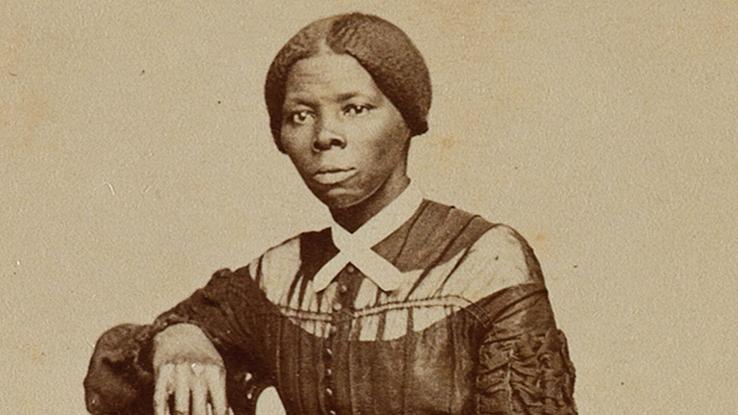
Harriet Tubman is one of the most iconic American heroes of all time. Her remarkable life goes beyond escaping slavery and leading others to freedom. Throughout her time, she experienced painful hardships, but she persisted.
Read on to learn some stunning facts about her life as an Underground Railroad “conductor,” Civil War spy and more. Everything Harriet Tubman went through and accomplished proves that she’s a bona fide legend.
She Escaped From Slavery Alone, Despite Her Serious Health Issues
Throughout her life, Harriet Tubman suffered from significant health issues. She had painful headaches and seizures and sometimes fell unconscious. But her burning passion for freedom outweighed her health problems.
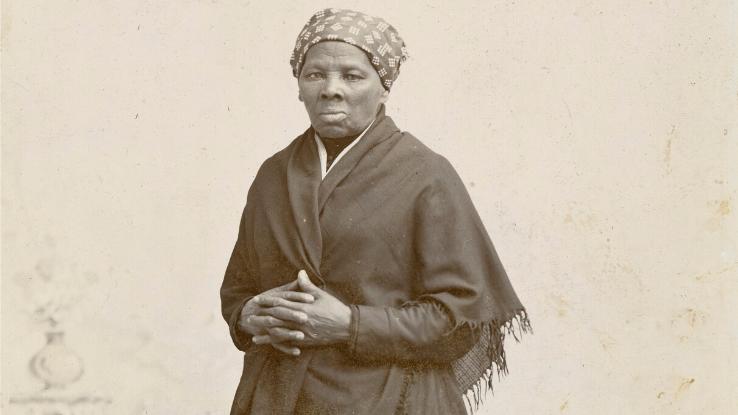
In 1849, Tubman and her brothers escaped from their Maryland plantation. However, as soon as they left, her brothers changed their minds, compelling Tubman to return with them. Determined to be free, she fled again, but without her brothers. “There was one of two things I had a right to — liberty or death; if I could not have one, I would have the other,” declared Tubman.
With the help of abolitionists and free and former slaves, Tubman trekked 90 miles of the Underground Railroad. She learned how to follow the North Star and hid in secret houses and tunnels. When she reached Philadelphia, she secured her freedom and worked as a housekeeper.
Tubman Returned to Save Her Loved Ones, Other Slaves and Even Her Unloyal Husband
Tubman reached her goal of escaping slavery, but she wasn’t happy alone. Freeing other slaves was her new plan. As a result, she became an Underground Railroad conductor.
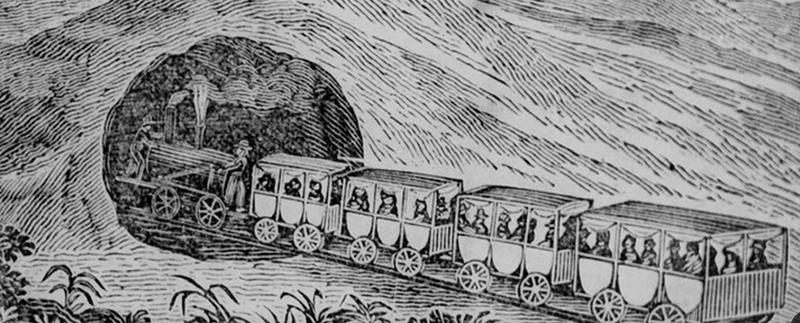
She went back to Maryland and guided her parents, brothers, nieces and niece’s children to Philadelphia. One of her goals was to bring her husband John to Philadelphia too. She saved money, bought a suit for him and went to find him. But she learned that John remarried and wanted to stay with his new wife. Undiscouraged, she proceeded to lead enslaved people to freedom.
Many sources claim she emancipated 300 people, but Tubman personally said that she rescued 70 people on her trips. She also informed more than 70 people about how to cross the Underground Railroad on their own.
Tubman Carried a Gun and Wasn’t Afraid to Use It
The 1850 Fugitive Slave Act made Tubman’s rescue missions more dangerous. The law allowed runaway and free slaves in the north to be caught and enslaved. Not taking any chances to be captured, Tubman brought a gun on her trips for protection.
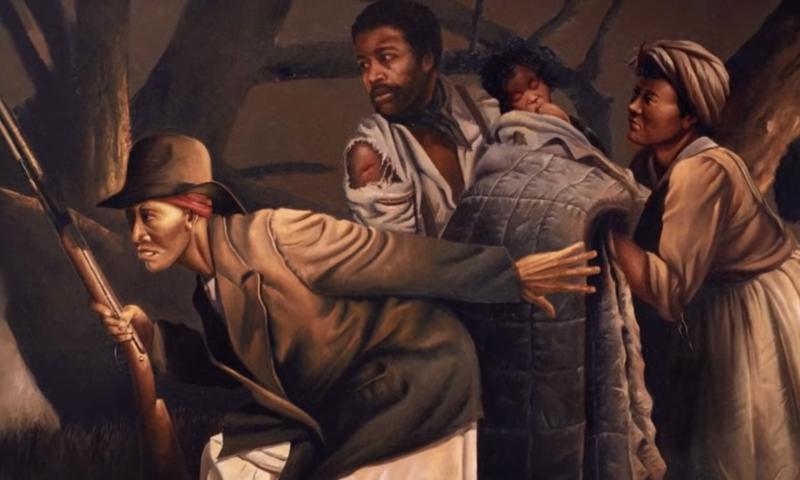
She also used the gun to threaten runaways who had second thoughts during the escape. Turning back would put the entire group at risk. Tubman made sure everyone reached the secret routes and safe houses, claiming, “I never ran my train off the track and I never lost a passenger.”
She Didn’t Let a Lack of Education Stop Her From Becoming an Active Suffragist
Tubman didn’t know how to read or write, but that didn’t stop her from fighting for women’s suffrage. Touring New York, Boston and Washington, D.C., she spoke out in support of women’s voting rights and she prevailed. Tubman also worked with famous women’s rights activists, including Susan B. Anthony and Emily Howland.
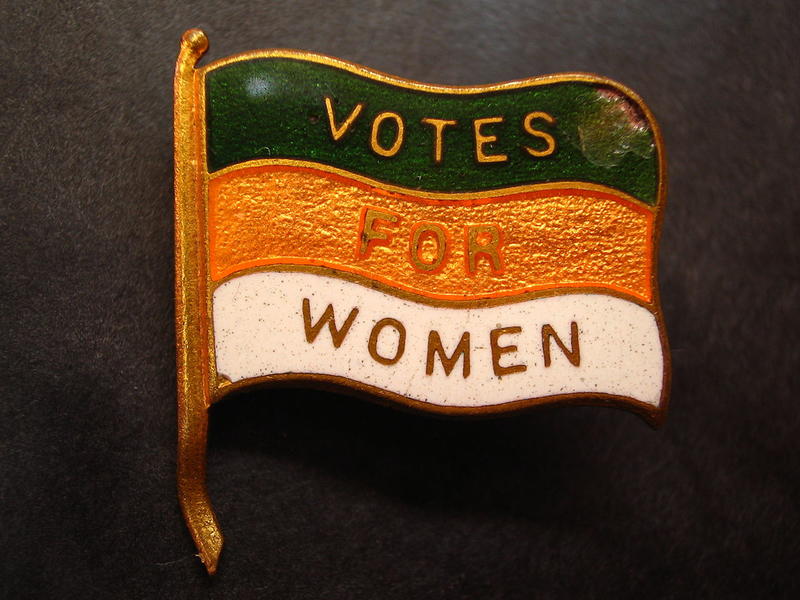
In 1896, Tubman co-founded the National Federation of Afro-American Women. At the organization’s first meeting, she was the keynote speaker. Her contributions to women’s movements put her in the spotlight. Multiple newspapers celebrated and honored Tubman, including The Woman’s Era publication.
Tubman Worked as a Spy for the Union Army and Led a Raid
During the Civil War, the Union Army recruited Tubman as an armed scout and spy. Her experience in navigating secret routes and deception made her the perfect candidate. She provided the Union with critical information on the Confederate Army’s plans.
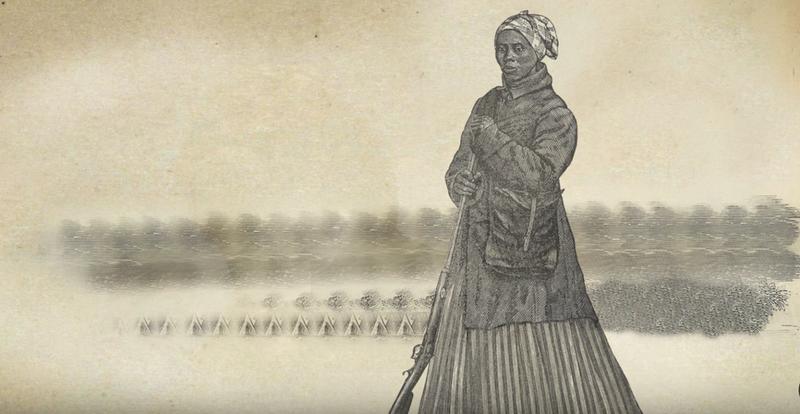
In 1863, Tubman became the first woman to lead an armed military operation with 150 African American soldiers. Guiding three steamboats on the Combahee River, Tubman led troops to raid Confederate mines and free more than 700 slaves.
Tubman Continued to Be Inspirational, Even After Death
Tubman accomplished so much throughout her life. Her legacy lives on through countless museums, schools, books, movements and people. Her story has inspired movies and documentaries. In fact, the biographical film Harriet was released in September 2019, earning major box office success and critical acclaim.

She is also honored in national parks, including the Harriet Tubman National Historical Park and the Harriet Tubman Underground Railroad National Historical Park. The redesign of the U.S. $20 bill features Tubman, but it won’t be released until 2028. Ultimately, it’s clear that Tubman inspired real change and she’s a true legend.





